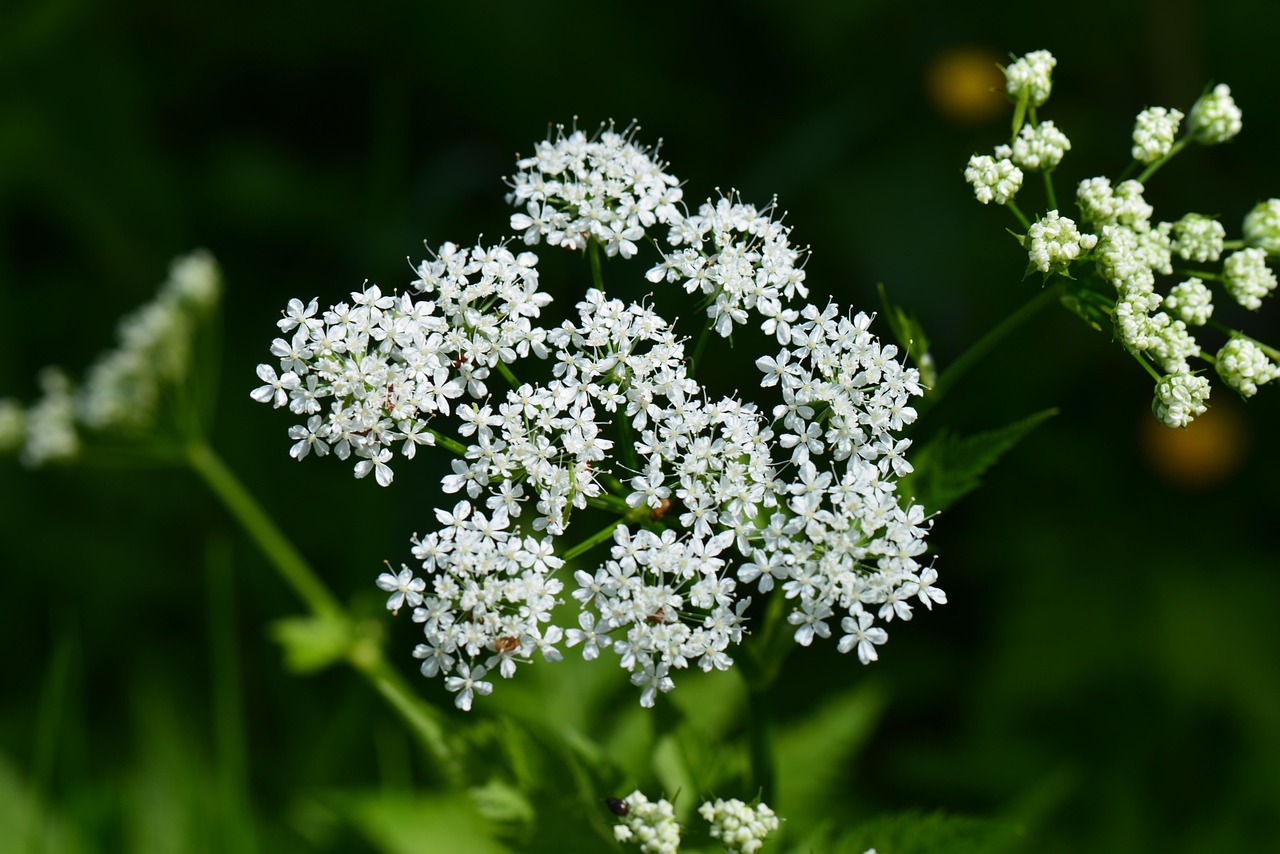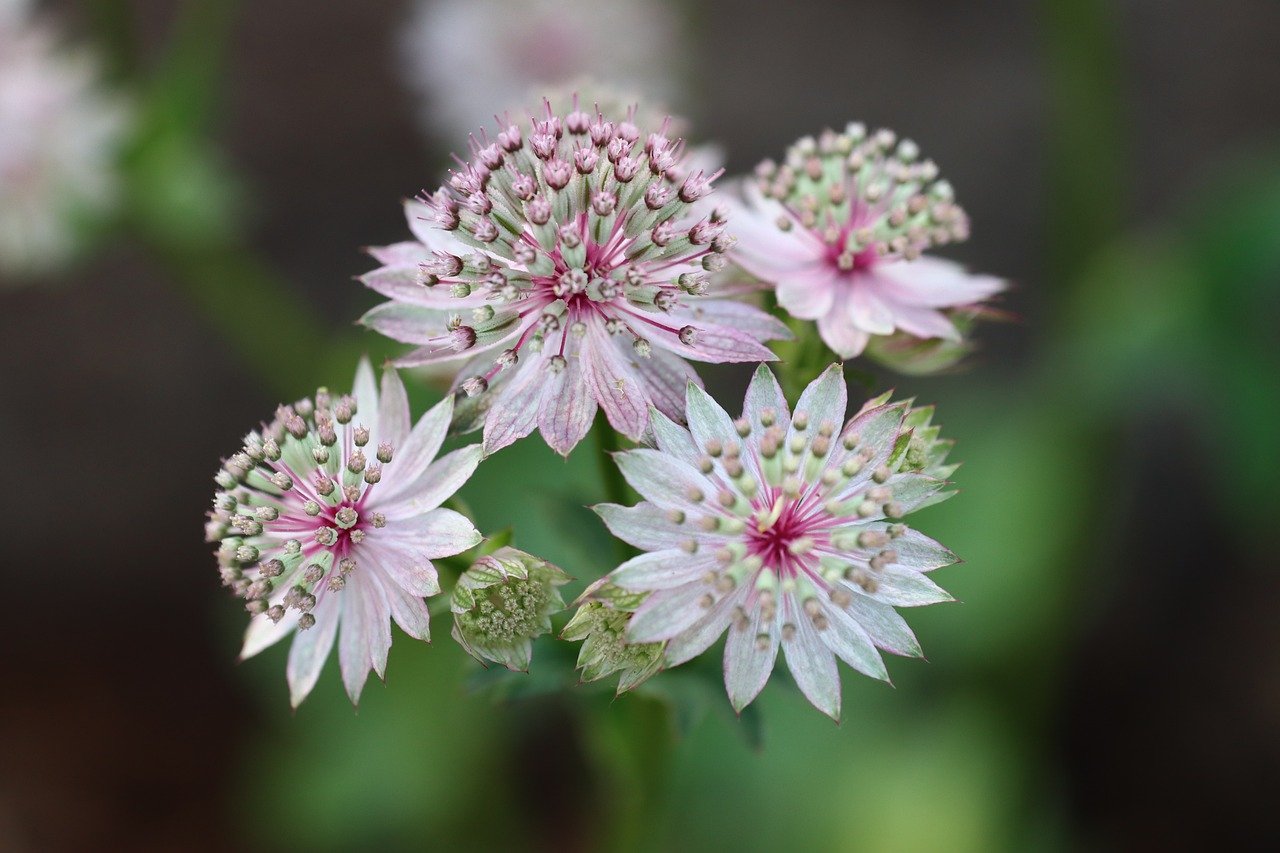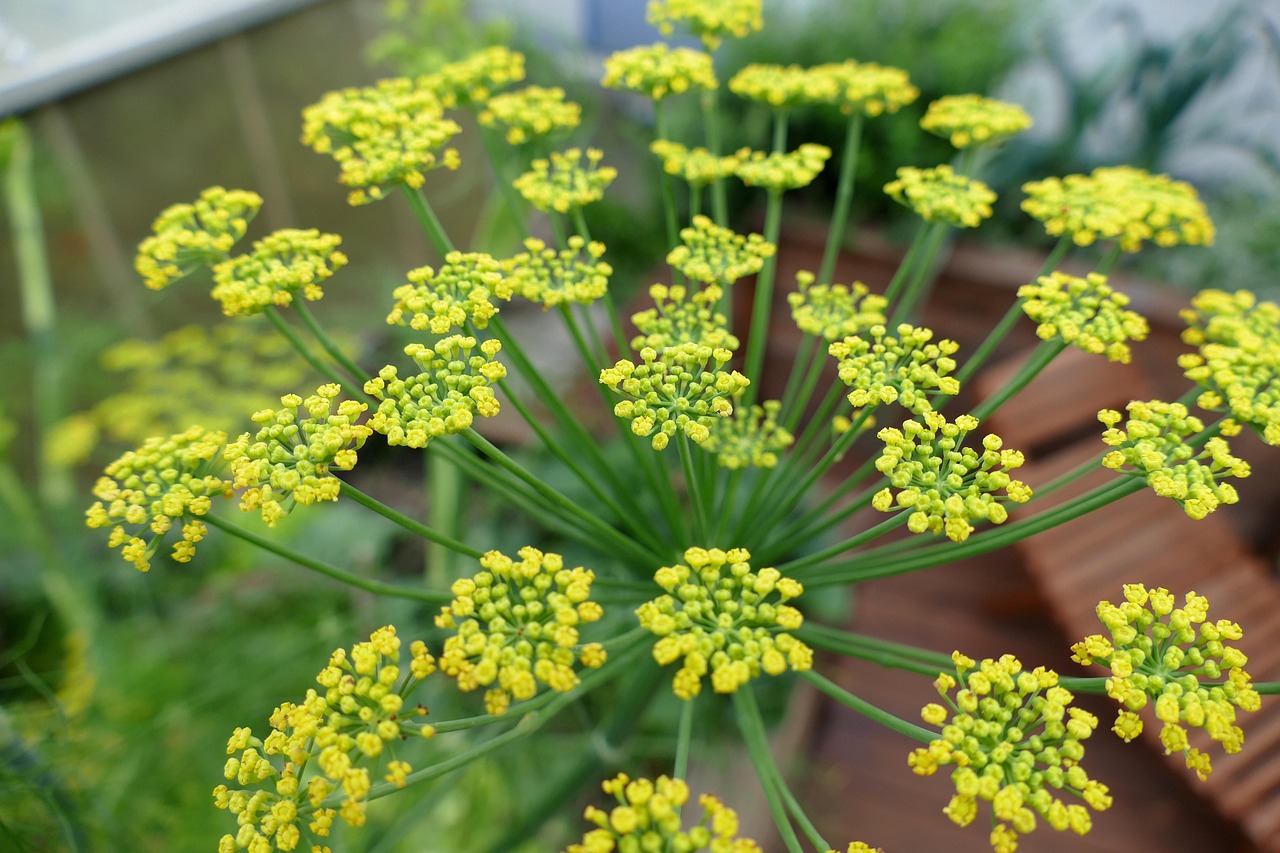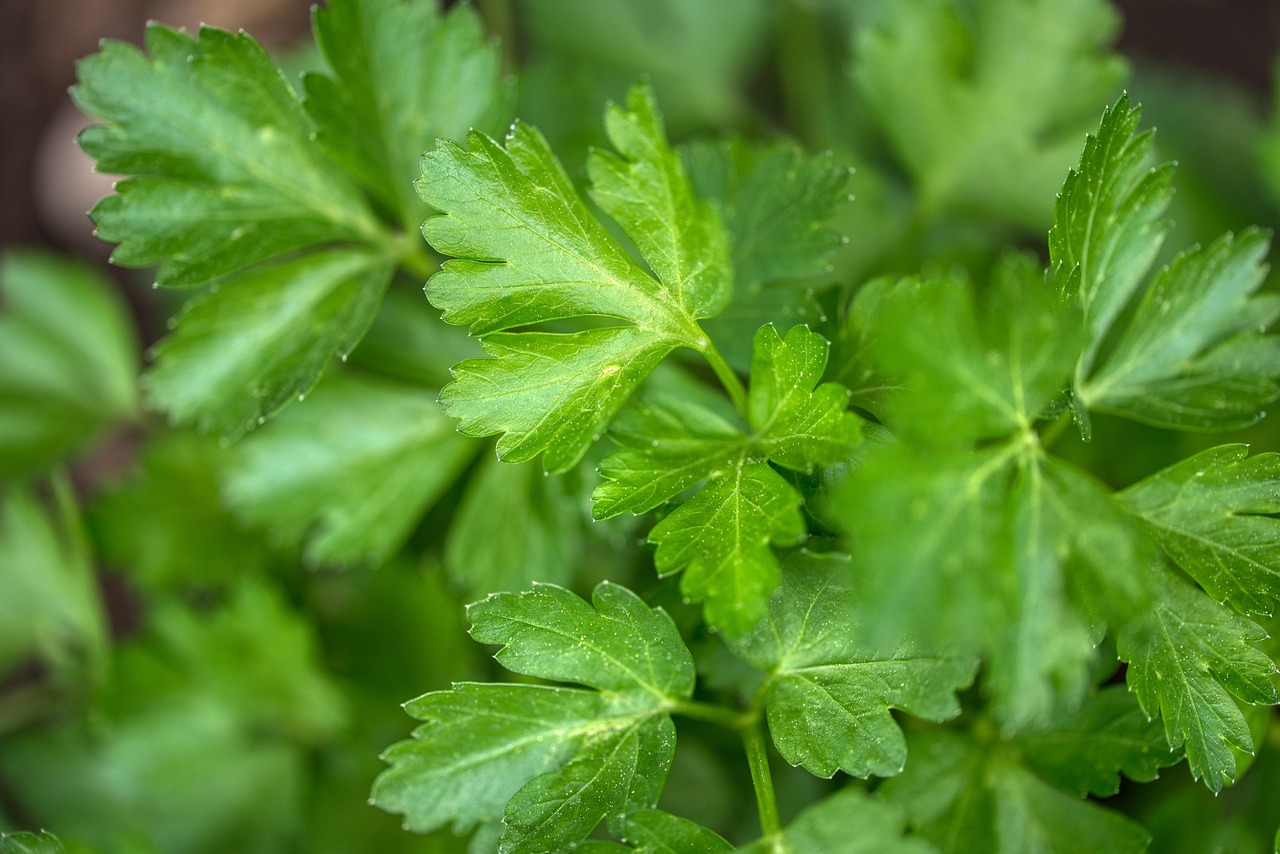Eryngium | The Blue Ornamental Flower Beloved in European Gardens
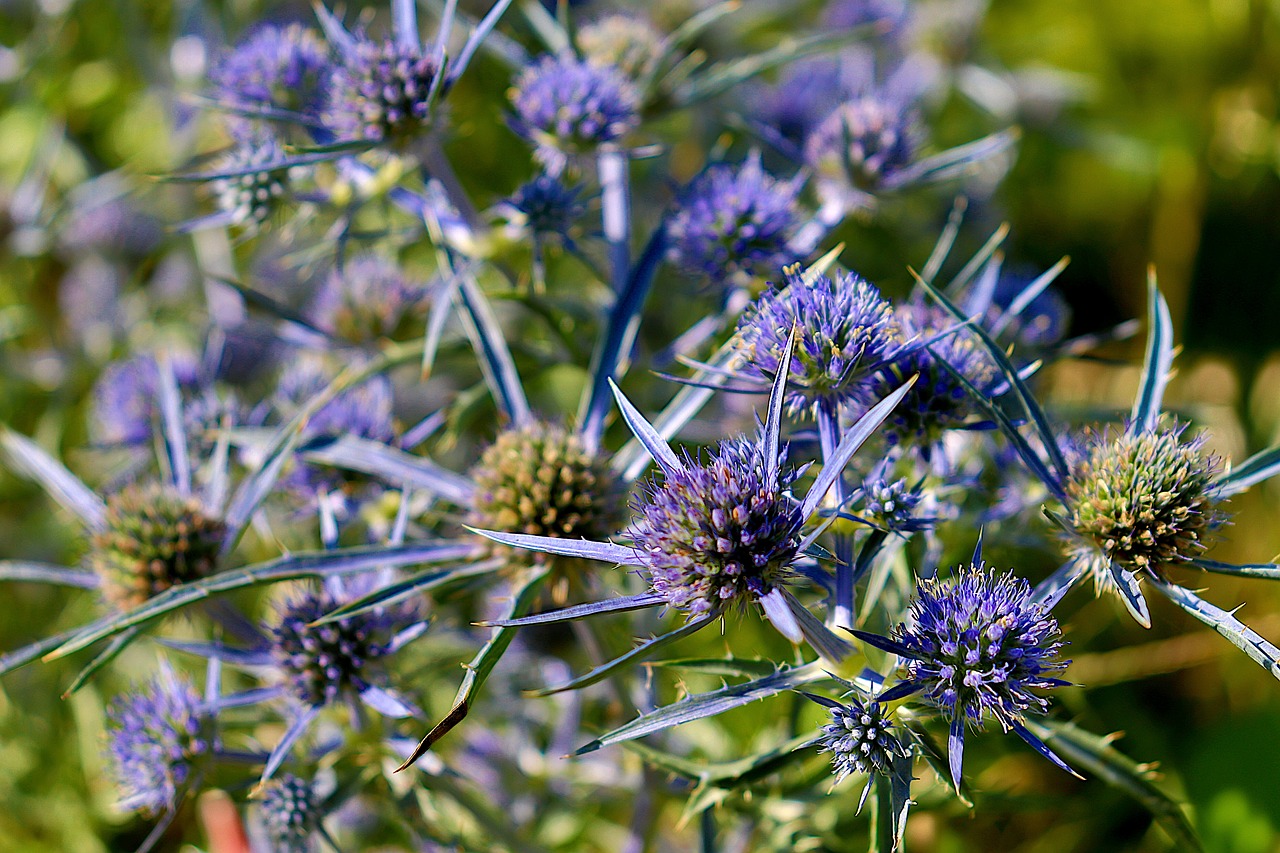
Eryngium, often referred to as “Sea Holly,” is a perennial plant admired for its unique and striking appearance. Its blue or silvery-toned flowers and spiky leaves make it a highly distinctive plant, and it is also popular as a dried flower.
In this article, I will explain in detail the basic information about Eryngium, its cultural significance, historical background, and tips for cultivation.
Basic Information
- Scientific name: Eryngium spp.
- Family: Apiaceae
- Origin: Europe, Asia, South America
- Appearance: Eryngium is characterized by its vivid blue or silvery flowers. The blossoms are spherical or conical, surrounded by sharp, spiny leaves. The plant grows between 30 cm and 1 m tall, serving as a striking accent in the garden.
- Blooming season: From summer to early autumn (June to September), offering a long flowering period that adds to its charm.
Cultural Significance Around the World
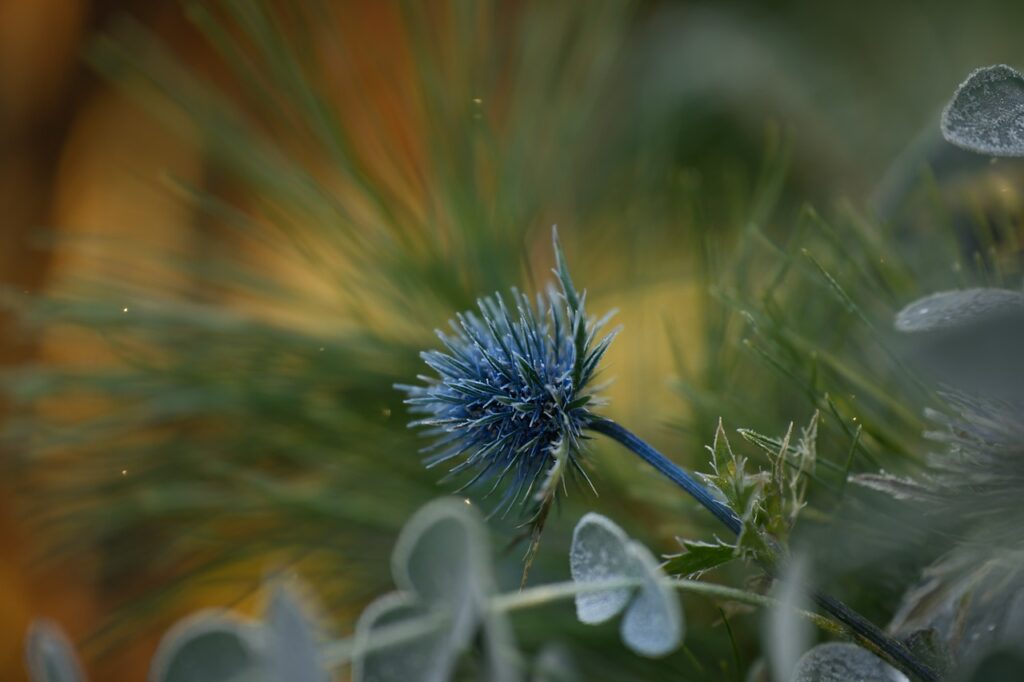
Eryngium has long been cherished in Europe and beyond as a decorative flower, thanks to its unusual form and metallic hues.
It plays an important role in bouquets and floral arrangements, and because it retains its color and shape even after drying, it is highly valued as material for dried flowers.
Symbolically, Eryngium has represented “independence” and “authority,” and in several parts of Europe, it was often cultivated in royal gardens and aristocratic estates.
Its spiny appearance has also been interpreted as a symbol of “protection” and “strength.” As a gift, it can convey messages of self-defense or determination.
Historical Background
Eryngium has been known since ancient times in Europe, and it rose to prominence during the Renaissance in the 16th and 17th centuries.
At that time, many garden designers incorporated this plant into their landscapes, making it an iconic feature of Renaissance gardening.
In England, it was even mentioned in Shakespeare’s plays. In As You Like It, Eryngium was alluded to for its exotic and mysterious qualities.
By the 18th century, Eryngium crossed the Atlantic and was cultivated in the American colonies, where it became widely used as a dried flower.
Thus, Eryngium has enjoyed global popularity as an ornamental plant throughout history.
Gardening Advice
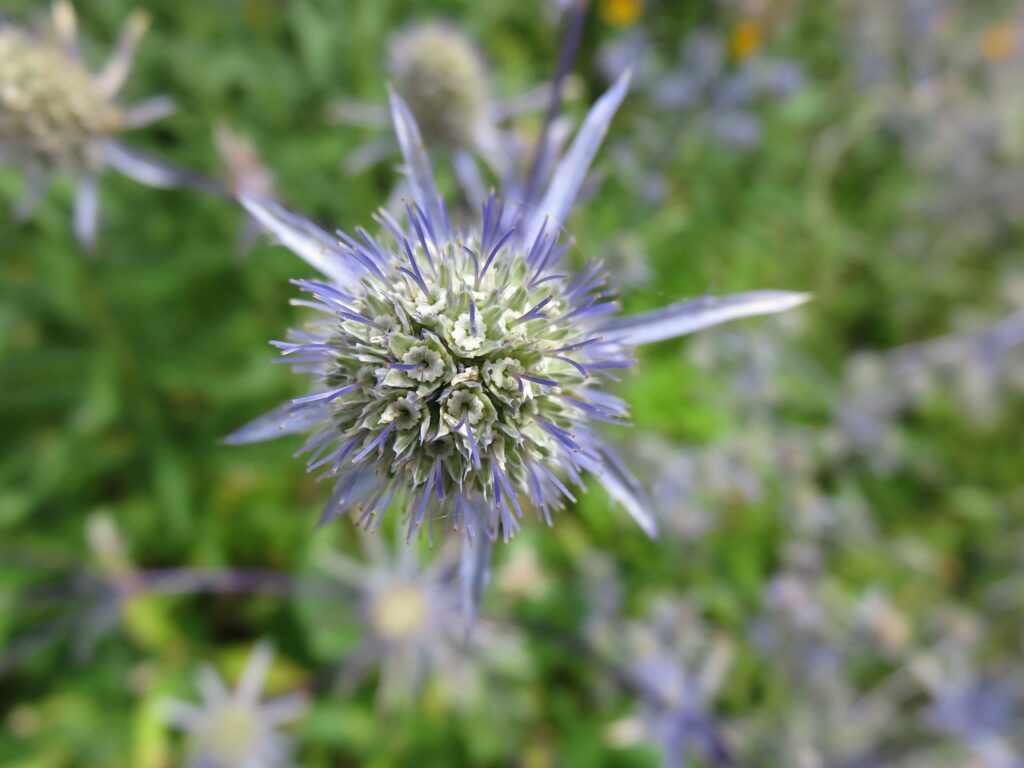
Eryngium thrives in dry, sunny locations with well-drained soil. Choosing sandy or light clay soil is ideal, while waterlogged conditions should be avoided.
Watering should be kept to a minimum, though moderate watering is recommended during extended dry periods.
Once established, Eryngium requires little maintenance, but providing a small amount of fertilizer before the flowering season will encourage more vibrant blooms.
After flowering, pruning helps maintain good air circulation and supports healthy growth.
Eryngium is highly frost-resistant, so it requires no special protection during winter. In colder regions, however, mulching can help protect roots from frost.
While the plant is resistant to pests and diseases, excessive humidity can cause rot, so it is important to monitor its environment.
By following these guidelines, one can enjoy the beauty of Eryngium in both gardens and containers for many years.
Conclusion
Eryngium is a plant admired by gardeners for its distinctive appearance and durability.
Its unique beauty not only enhances the garden as a striking accent but also provides enjoyment in floral arrangements and dried flower displays.
Because it is relatively easy to grow and requires little care, I recommend it even to beginner gardeners. I encourage you to cultivate Eryngium and experience its captivating charm for yourself.


